How to Compose a Song: A Step-by-Step Guide
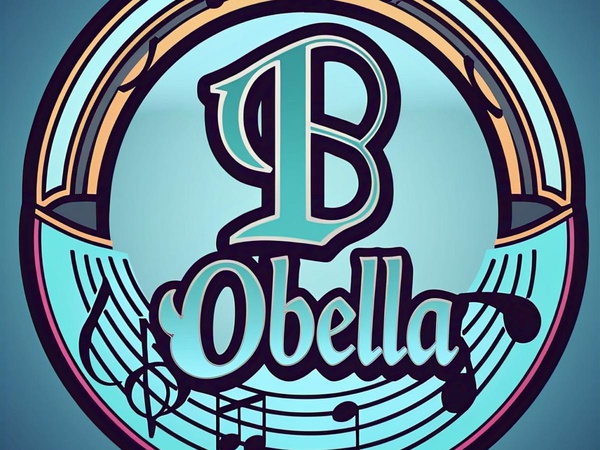
<p>Hi there, my name is Umele Shepherd Obella, i am a multi-award winning songwriter, record producer and mixing and mastering Engineer. </p><p>My notable awards and recognition includes:</p><p> Abuja Entertainment and business award ( AEBA ) 3X nominated 2X won</p><p>Niger state industry award 1x nominated 1x won.</p><p>Millennium Africa global awards: 1x nominated.</p><p><br></p><p>I have written and produced over a 100+ songs.</p><p>Songwriting is both an art and a craft. Whether you’re a beginner or an experienced musician, composing a song requires creativity, structure, and emotion. This guide will take you through the key steps of writing a song, from brainstorming ideas to finalizing your composition.</p><p><br></p><p>⸻</p><p><br></p><p>Step 1: Find Inspiration:</p><p><br></p><p>Every great song starts with an idea. Inspiration can come from:</p><p> • Personal experiences</p><p> • Emotions (love, heartbreak, joy, etc.)</p><p> • A story or message you want to convey</p><p> • Observations from the world around you</p><p> • Another song, poem, or piece of art</p><p><br></p><p>Tip: Keep a journal or a voice memo app handy to capture ideas whenever inspiration strikes.</p><p><br></p><p>⸻</p><p><br></p><p>Step 2: Choose a Theme and Mood:</p><p><br></p><p>Before diving into the structure, decide what your song will be about and how you want it to feel. Ask yourself:</p><p> • What emotion do I want to evoke?</p><p> • Is it a happy, sad, hopeful, or angry song?</p><p> • Will it be personal, storytelling-based, or abstract?</p><p><br></p><p>Your theme and mood will influence everything from lyrics to melody and instrumentation.</p><p><br></p><p>⸻</p><p><br></p><p>Step 3: Create a Chord Progression:</p><p><br></p><p>Most songs are built on a repeating chord progression. Common progressions include:</p><p> • I–V–vi–IV (C–G–Am–F) – Used in many pop songs</p><p> • ii–V–I (Dm–G–C) – Common in jazz and R&B</p><p> • I–IV–V (C–F–G) – A standard in rock and blues</p><p><br></p><p>If you’re writing on an instrument like piano or guitar, experiment with different progressions until you find one that fits your mood.</p><p><br></p><p>⸻</p><p><br></p><p>Step 4: Write a Melody:</p><p><br></p><p>The melody is the most memorable part of a song. When writing a melody:</p><p> • Keep it simple and singable</p><p> • Use stepwise motion (notes close to each other) with occasional leaps</p><p> • Experiment with rhythm and phrasing to add interest</p><p> • Try humming or improvising over your chord progression</p><p><br></p><p>If you’re struggling, try playing around with scales that fit your key, such as the major scale for happy songs or the minor scale for sad ones.</p><p><br></p><p>⸻</p><p><br></p><p>Step 5: Write the Lyrics:</p><p><br></p><p>Lyrics should match the song’s theme and emotion. Here’s a structure to follow:</p><p><br></p><p>Common Song Structure:</p><p> 1. Verse 1 – Introduces the story or theme</p><p> 2. Chorus – The main message, repeated for impact</p><p> 3. Verse 2 – Expands the story or message</p><p> 4. Chorus – Reinforces the theme</p><p> 5. Bridge (optional) – A contrasting section that adds depth</p><p> 6. Final Chorus – A powerful closing statement</p><p><br></p><p>Lyric Writing Tips:</p><p> • Use imagery and metaphors to make lyrics vivid</p><p> • Stick to a consistent rhyme scheme (e.g., AABB or ABAB)</p><p> • Keep it concise—every word should serve a purpose</p><p> • Sing your lyrics as you write to ensure they fit naturally</p><p><br></p><p>⸻</p><p><br></p><p>Step 6: Develop the Rhythm and Arrangement:</p><p><br></p><p>A great song isn’t just about melody and lyrics—it’s also about rhythm and dynamics. Consider:</p><p> • Tempo: Slow for ballads, fast for energetic songs.</p><p> • Instrumentation: Acoustic for intimacy, full band for energy</p><p> • Dynamics: Build intensity in the chorus, create contrast in verses</p><p><br></p><p>Experiment with different grooves and rhythms to give your song a unique feel.</p><p><br></p><p>⸻</p><p><br></p><p>Step 7: Refine and Record a Demo:</p><p><br></p><p>Once you have your song structured, record a rough demo to hear how it sounds. Listen for:</p><p> • Flow and coherence between sections</p><p> • Whether the melody and lyrics fit together naturally</p><p> • Any weak points that need adjustment</p><p><br></p><p>Revise as needed until the song feels polished.</p><p><br></p><p>⸻</p><p><br></p><p>Final Thoughts:</p><p><br></p><p>Songwriting is a process of exploration and refinement. The more you practice, the better you’ll become. Don’t be afraid to experiment, make mistakes, and rewrite parts of your song until it truly resonates.</p><p><br></p><p>Key Takeaways:</p><p><br></p><p>✅ Find inspiration from emotions, stories, or life experiences</p><p>✅ Choose a theme and mood to guide your song</p><p>✅ Start with a strong chord progression</p><p>✅ Write a memorable melody</p><p>✅ Craft meaningful and well-structured lyrics</p><p>✅ Experiment with rhythm and arrangement</p><p>✅ Record, review, and refine</p><p><br></p><p>Now, grab your instrument or notebook and start composing.</p>
Other insights from Shepherd Umele Obella
Referral Earning
Points-to-Coupons
Insights for you.




 182
182







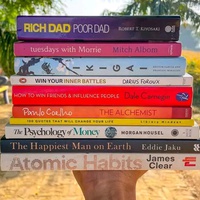



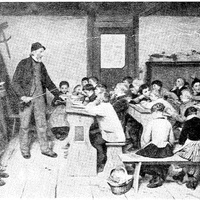
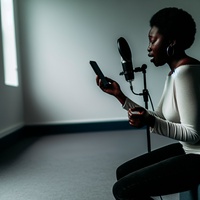
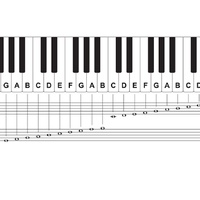













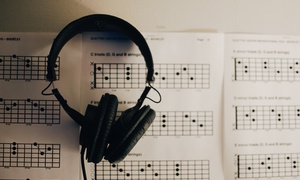








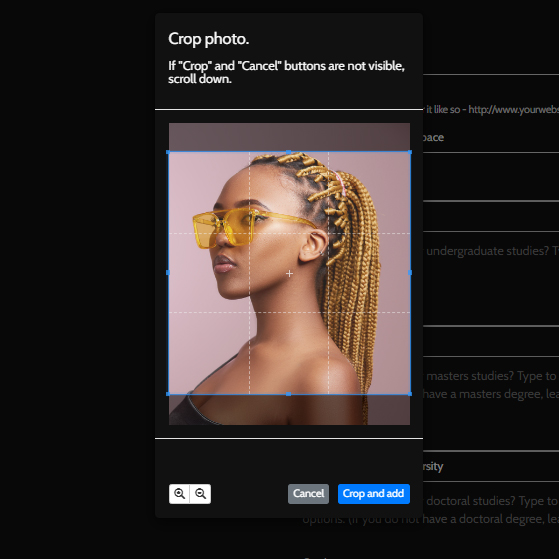
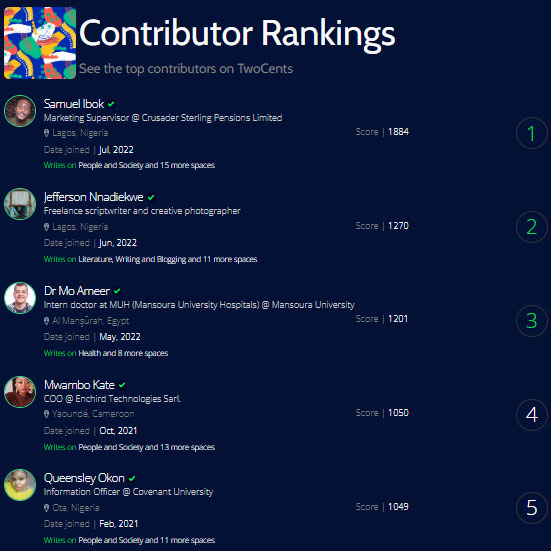


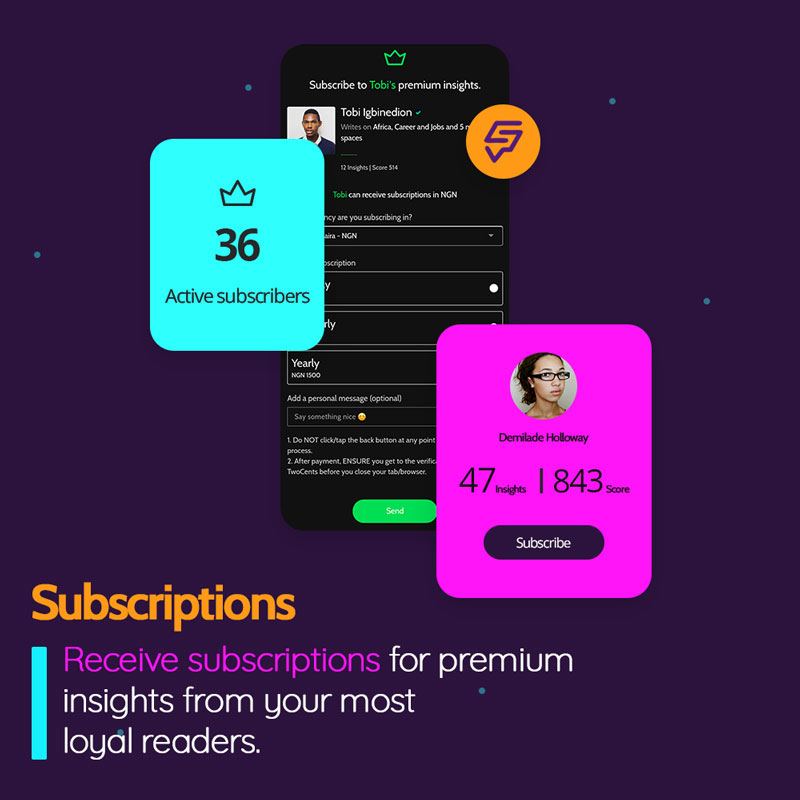






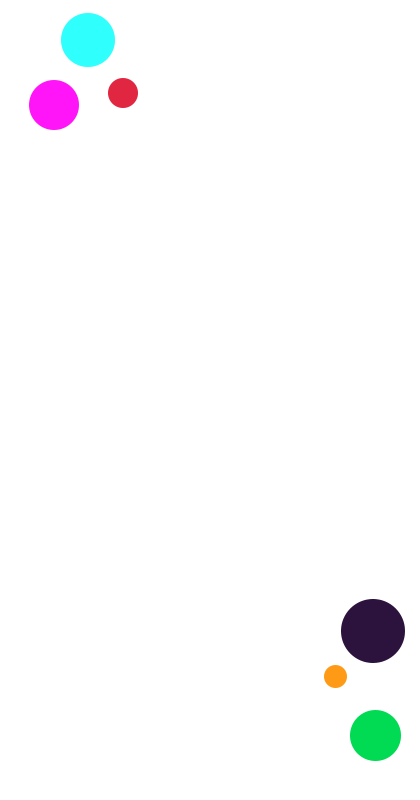












Comments